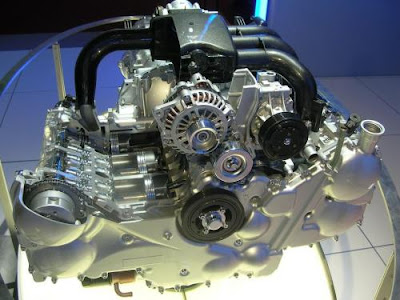Aauto Part
One area that has seen new developments in the last several years includes manufacturing auto components from recycled and even bio-based materials, such as using soy to produce items for vehicle interior fixtures, including seat cushions. There’s also been research into developing under hood components made from bio-based materials, though the nature of these types of parts presents its own set of issues, namely structural integrity, temperature sensitivity and odors (though the idea of combining natural fibers with nano-based materials, is believed to be one possible solution).Recently, the Center for Automotive Research (CAR) in Ann Arbor, Mich., released a study that showed there’s significant potential for an increasing number of automotive components to be made from bio-based materials, however a number of challenges remain.
The study identified one of them being the lack of standards actually regulating what can and cannot be labeled as a bio-based material. Although organizations such as the American Society for Testing and Materials and the International Organization for Standardization have already developed their own standards for assessing and measuring the life cycle of bio materials; when it comes to large, complex objects like cars, that use a wide variety of different components in their construction, it’s exceedingly difficult to settle on an effective labeling system regarding bio material content.
Although the study acknowledges that it will likely never be possible to make a significant proportion of automobile components from bio materials, some kind of voluntary labeling program could at least prove helpful, as well as promote the greater use of bio-based products in cars and trucks.

No comments:
Post a Comment